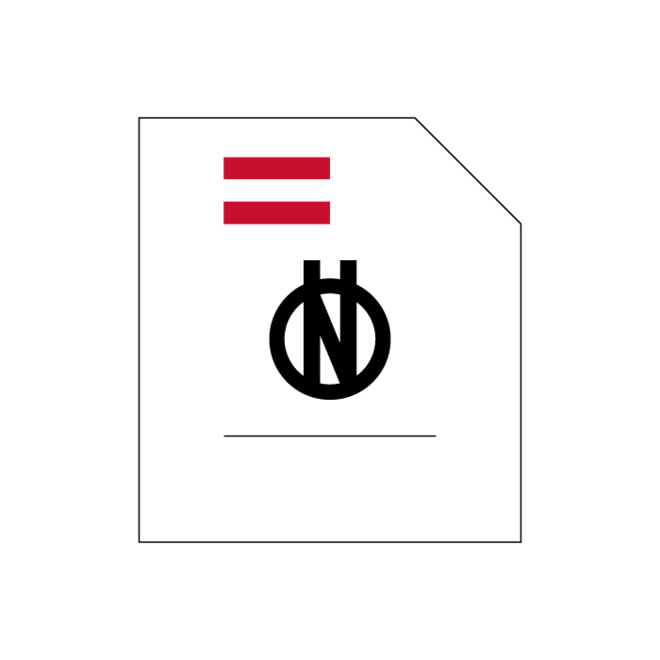Please select and order
€134.80
excl. VAT plus shipping costs
CONFIGURE NOW


Norm
ÖNORM EN 16272-6
Issue date: 2014 12 01
Railway applications - Track - Noise barriers and related devices acting on airborne sound propagation - Test method for determining the acoustic performance - Part 6: Intrinsic characteristics - In situ values of airborne sound insulation under direct sound field conditions
This European Standard describes a test method for measuring a quantity representative of the intrinsic characteristics of airborne sound insulation for railway noise bar...
Read more
Withdrawn
: 2024 02 01
Publisher:
Austrian Standards International
Format:
Digital | 48 Pages
Language:
German
| English
| Download GER/ENG
Currently valid:
Optionally co-design standards:
This European Standard describes a test method for measuring a quantity representative of the intrinsic characteristics of airborne sound insulation for railway noise barriers: the sound insulation index.
The test method is intended for the following applications:
- determination of the intrinsic characteristics of airborne sound insulation of noise barriers to be installed along railways, to be measured either on typical installations alongside railways or on a relevant sample section;
- determination of the in situ intrinsic characteristics of airborne sound insulation of noise barriers in actual use;
- comparison of design specifications with actual performance data after the completion of the construction work;
- verification of the long term performance of noise barriers (with a repeated application of the method);
- interactive design process of new products, including the formulation of installation manuals.
The test method is not intended for the following applications:
- determination of the intrinsic characteristics of airborne sound insulation of noise barriers to be installed in reverberant conditions, e.g. inside tunnels or deep trenches or under covers.
Results are expressed as a function of frequency in one-third octave bands, where possible, between 100 Hz and 5 kHz. If it is not possible to get valid measurement results over the whole frequency range indicated, the results will be given in a restricted frequency range and the reasons for the restriction(s) will be clearly reported.
All noise reducing devices different from noise barriers and related devices acting on airborne sound propagation, e.g. devices for attenuation of ground borne vibration and on board devices are out of the scope of this European Standard.
ÖNORM EN 16272-6
2024 02 01
Railway applications - Infrastructure - Noise barriers and related devices acting on airborne sound ...
Norm
ÖNORM EN 16272-6
2014 12 01
Railway applications - Track - Noise barriers and related devices acting on airborne sound propagati...
Norm
↖
Technische Regel
ISO/IEC Guide 98-3:2008
Issue date :
2008 09 30
Uncertainty of measurement — Part 3: Guide to the expression of uncertainty in measurement (GUM:1995) (Corrected version 2010-11)
Norm
ÖNORM EN 16272-2
Issue date :
2012 12 01
Railway applications - Track - Noise barriers and related devices acting on airborne sound propagation - Test method for determining the acoustic performance - Part 2: Intrinsic characteristics - Airborne sound insulation in the laboratory under diffuse sound field conditions
Norm
ÖNORM EN 16272-3-2
Issue date :
2015 04 01
Railway applications - Track - Noise barriers and related devices acting on airborne sound propagation - Test method for determining the acoustic performance - Part 3-2: Normalized railway noise spectrum and single number ratings for direct field applications
Technische Regel
ISO/IEC Guide 98-3:2008
Issue date :
2008 09 30
Uncertainty of measurement — Part 3: Guide to the expression of uncertainty in measurement (GUM:1995) (Corrected version 2010-11)
Norm
ÖNORM EN 16272-6
Issue date :
2024 02 01
Railway applications - Infrastructure - Noise barriers and related devices acting on airborne sound propagation - Test method for determining the acoustic performance - Part 6: Intrinsic characteristics - Airborne sound insulation under direct sound field conditions
